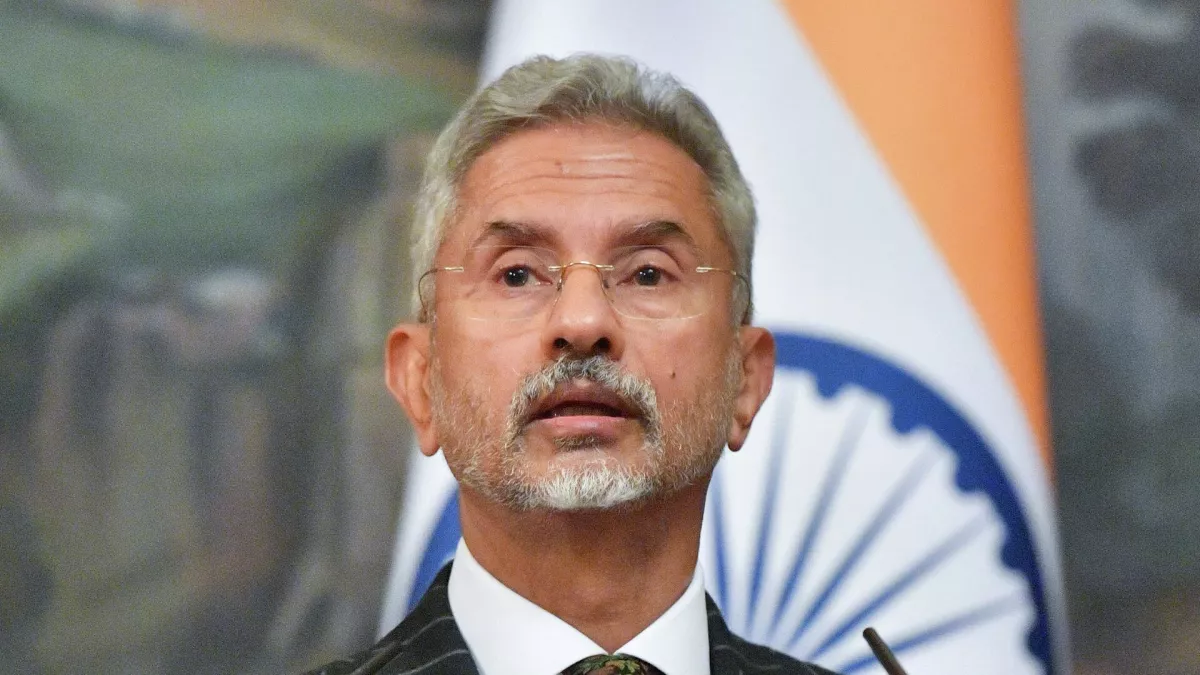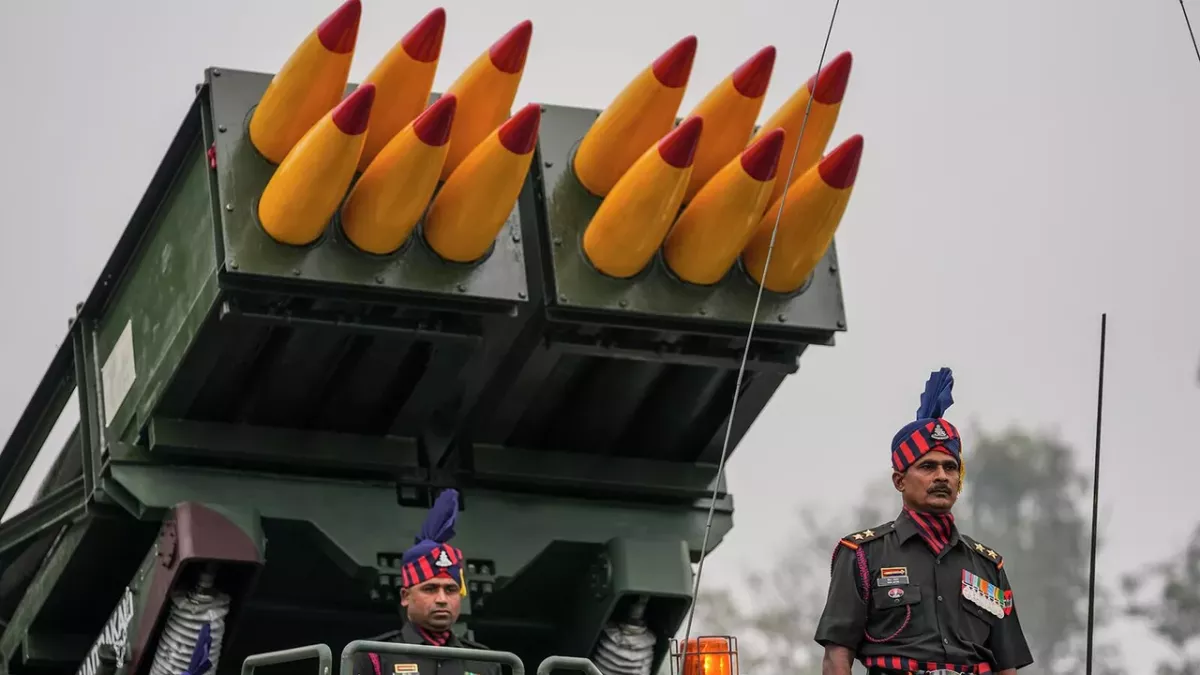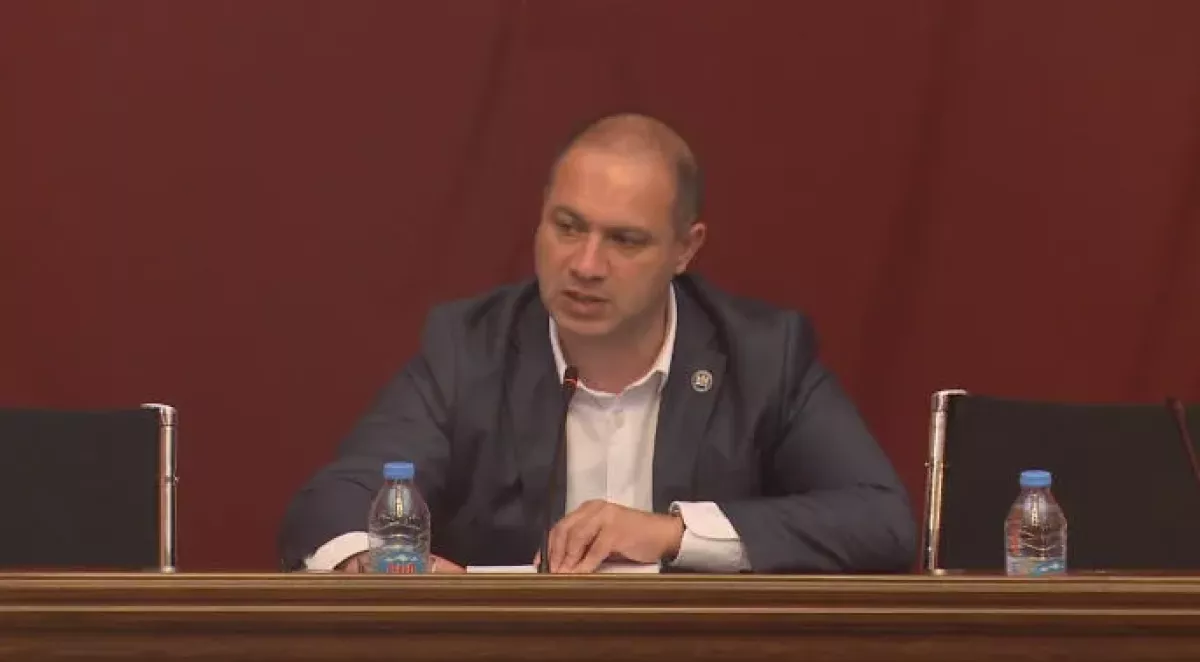Indian expansion in the South Caucasus Who’s in the crosshairs?
The India-Pakistan rivalry has long extended beyond South Asia. It is now clear that both conflicting sides have their own friends and allies—not only among the world’s major geopolitical players (with the United States backing India, and China and Türkiye supporting Pakistan), but also among smaller states across various regions. The South Caucasus is no exception: military cooperation between India and Armenia on one side, and Pakistan and Azerbaijan on the other, is already developing actively.
India’s interest in the South Caucasus is also driven by its broader ambitions. The country is striving to wrest the title of “world’s factory” from China. In this endeavour, the United States has begun to lend support through its tariff policies and the onset of a “trade war” with China, helping to relocate manufacturing capacity away from the PRC.

Starting next year, Apple plans to shift the assembly of all iPhones sold in the United States—around 60 million units—to India. However, beyond securing access to the American market, India also needs logistical pathways to other global markets, as well as corridors into Europe. In this regard, New Delhi is considering two main routes: one through the Middle East and another via the North–South corridor through the South Caucasus.
In September 2023, at the G20 summit in New Delhi, India, Saudi Arabia, the United Arab Emirates, the United States, the European Union, and several EU member states—including France and Germany—signed a declaration of intent on the India–Middle East–Europe Economic Corridor (IMEC) project. The U.S. has made little effort to conceal the fact that it sees this transit route as an alternative to both the Middle Corridor and China’s Belt and Road Initiative.
The alternative “North–South” corridor is planned to run from the Indian port of Mumbai through Iran’s deep-water port of Chabahar. Driven by political considerations, New Delhi and Tehran are deliberately stalling the most economically viable route via Azerbaijan and are instead seeking to redirect Indian transit through Armenian territory, with further access to the Black Sea via Georgia.

In the summer of 2024, Indian Foreign Minister Subrahmanyam Jaishankar stated that Armenia could serve as a transit country not only between India and Europe, but also between India and Russia.
The United States, it seems, is not particularly concerned that transit from India to Europe would pass through Iran—a country officially considered “hostile.” At the very least, Washington did not object to India signing a 10-year agreement with Iran for the development and operation of the Chabahar port. This helps clarify why India needs a “stronghold” in the South Caucasus in the form of Armenia—one that is militarised. Today, India is effectively the largest arms supplier to Armenia. Yerevan has found in India a military partner to replace Russia, which had previously been its primary source of weaponry.

According to data from the Stockholm International Peace Research Institute (SIPRI), India accounted for 43% of Armenia’s total arms imports between 2022 and 2024. Armenian-Indian military cooperation continues to gain momentum. According to India’s Ministry of Defence, the value of contracts signed by Armenia for the purchase of Indian weapons and military equipment reached $600 million for the 2024–2025 fiscal years.
While India’s alliance with Armenia is explicit, its penetration into Georgia is taking a more subtle form. However, judging by recent trends, New Delhi appears to view the “taming” of Georgia as part of a long-term strategy. Even a heavily armed Armenia, with India’s support, remains a strategic dead end due to its lack of access to the sea.
India’s attempts at economic expansion in the agricultural sector have already sparked controversy in Georgia. These incidents involve Indian nationals acquiring agricultural land in Georgia—a practice that began during the presidency of Mikheil Saakashvili and, under the rule of the Georgian Dream party, escalated into conflicts with local residents, particularly in the Kakheti region.
For Georgia—a country with limited land resources—the issue of foreign acquisition of agricultural land is a highly sensitive one. The mass purchase of land in fertile regions by Indian nationals, their farming activities, and disregard for the interests of the local population sparked a wave of public discontent.
As a result, the Georgian authorities imposed a moratorium on the sale of agricultural land to foreigners, and Indian citizens promptly halted their expansion into the country’s rural regions, almost as if on cue.
However, India’s “expansion” in the education sector has intensified. At universities in Tbilisi, Indian citizens now make up a significant proportion—if not the majority—of the international student population. Cooperation between Georgia and India in the field of education is actively developing.

Recently, a Georgian parliamentary delegation led by Givi Mikanadze, Chairman of the Committee on Education, Science, and Youth, visited India and held meetings with the leadership of Delhi University and the Association of Indian Universities. The discussions focused particularly on strengthening cooperation in education—especially in higher education and scientific research. The parties explored opportunities for joint research initiatives and dual-degree programmes between Georgian and Indian universities.
Undoubtedly, scientific and educational cooperation between India and Georgia brings many positive outcomes, especially given that several Indian universities have become hubs of cutting-edge research. For Georgian universities, tuition fees paid by international students—including Indians—are also a significant source of income. However, this educational collaboration and the influx of Indian students into Georgia also reflect a form of “soft” cultural and political expansion. Friendships and social ties are developing among students, and many young Georgians now have close Indian friends, a factor that is beginning to influence the political leanings of the younger generation.
During a recent attempt to stage a “Maidan-style” protest in Georgia, efforts were made to mobilise youth through anti-Russian slogans and Russophobic rhetoric. These sentiments were actively fuelled by Western-funded NGOs and widely disseminated through the media and social networks. However, the same pro-Western NGOs in Georgia have consistently turned a blind eye to emerging anti-Indian sentiments. Yet the land disputes demonstrated that such sentiments are entirely possible—especially given the cultural and mental gap between Indians and Georgians.

Georgian youth are increasingly taking part in Indian embassy-promoted celebrations, such as the Holi Festival of Colours. From the standpoint of traditional Orthodox Christianity, however, participation in pagan festivals is deemed unacceptable.
Meanwhile, the negative aspects of Indian reality—particularly the persecution and discrimination of religious minorities, including not only Muslims but also Christians—are rarely discussed publicly in Georgia.
In effect, Western-funded NGOs are promoting a worldview among Georgian youth that encourages hostility toward Russia, a nation with shared faith and deep historical ties, fosters suspicion toward Chinese investment initiatives, and at the same time cultivates a favourable perception of India.
Alongside the promotion of Georgia’s “European choice,” a parallel narrative of an “Indian choice” is also being actively pushed—contributing to the broader goal of “reprogramming” the country’s youth. For Georgia’s Armenian nationalist “fifth column,” India has arguably become an even greater role model than France. Pro-Indian sentiment is being vigorously promoted within Georgia, particularly through its Armenian ethnic community.
Although India is not formally a Western country, the recent attempts to orchestrate a “Maidan-style” upheaval in Georgia aligned with the interests of New Delhi and its allies in Yerevan. The architects of Georgia’s attempted geopolitical reorientation clearly had plans to integrate the country into the International North–South Transport Corridor (INSTC), running from India through Iran and Armenia to Europe. For this strategy, Georgia’s seaports—especially the deep-water port of Anaklia—are key. Certain geopolitical forces are intent on linking Iran’s Chabahar port with Georgia’s Anaklia via Armenia for the transit of Indian goods.
This context sheds light on why Georgia’s pro-Western opposition has reacted so negatively to the fact that China is now spearheading the construction of Anaklia—primarily to serve freight traffic along the Middle Corridor.
By Vladimir Tskhvediani, Georgia, exclusively for Caliber.Az








